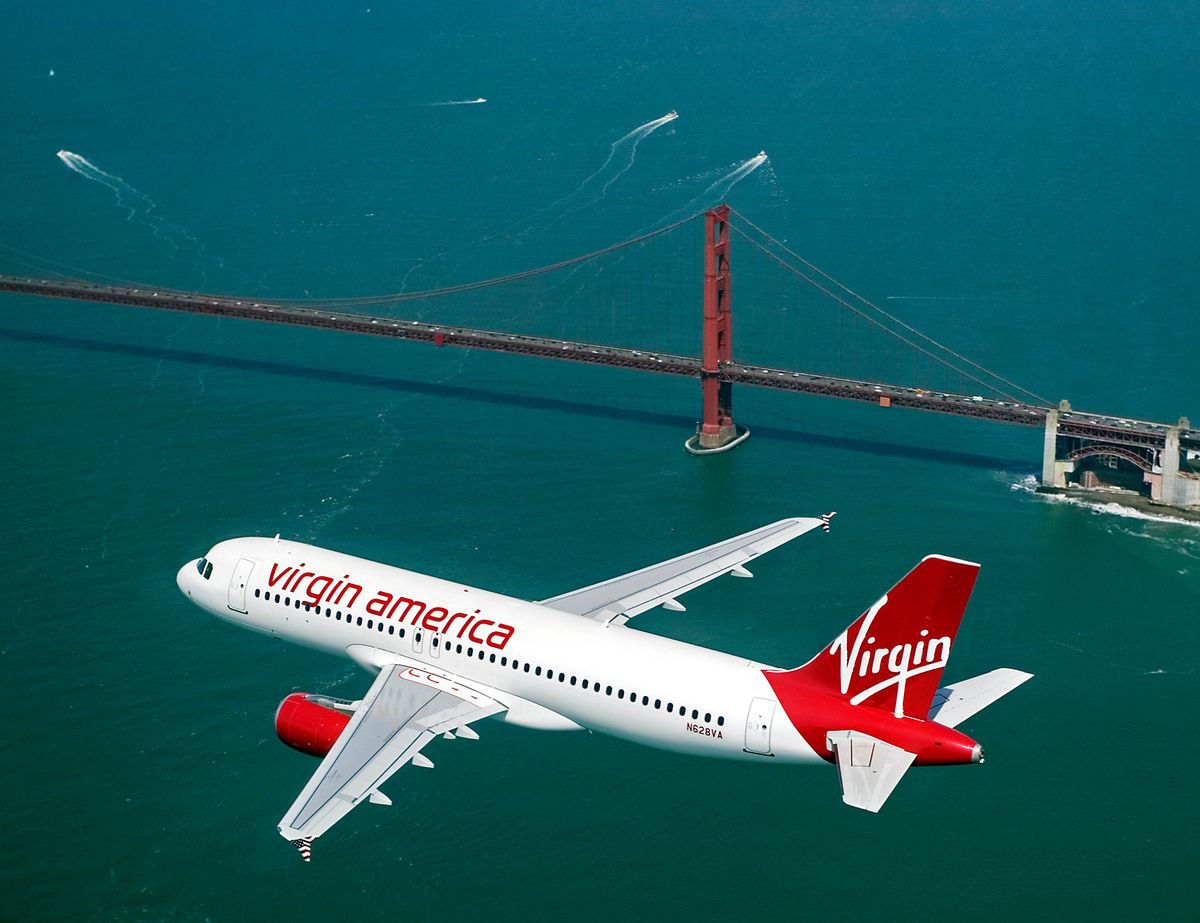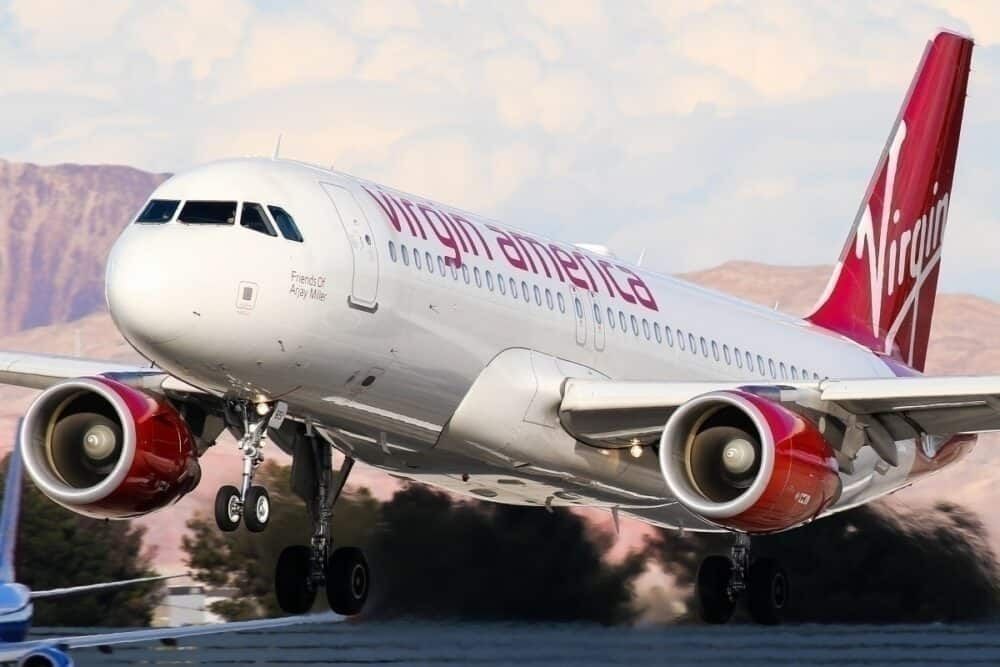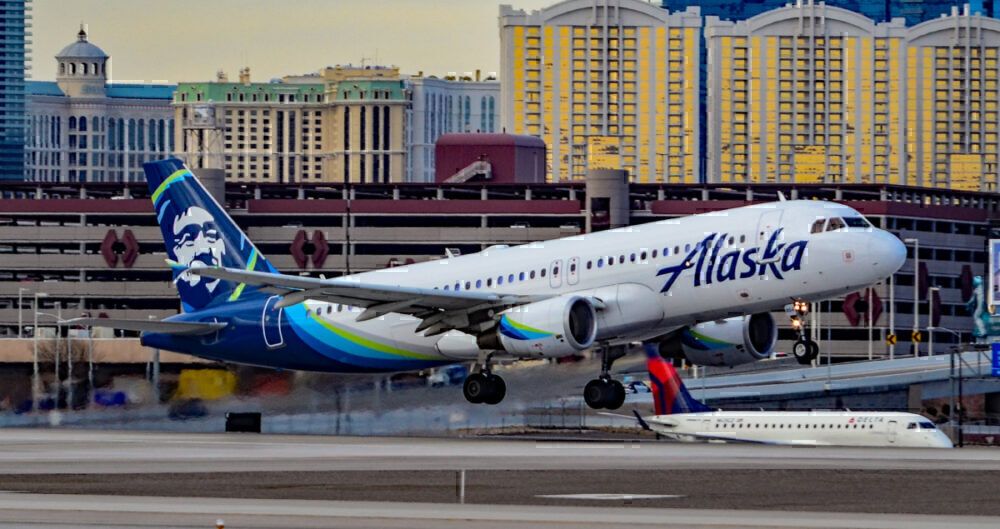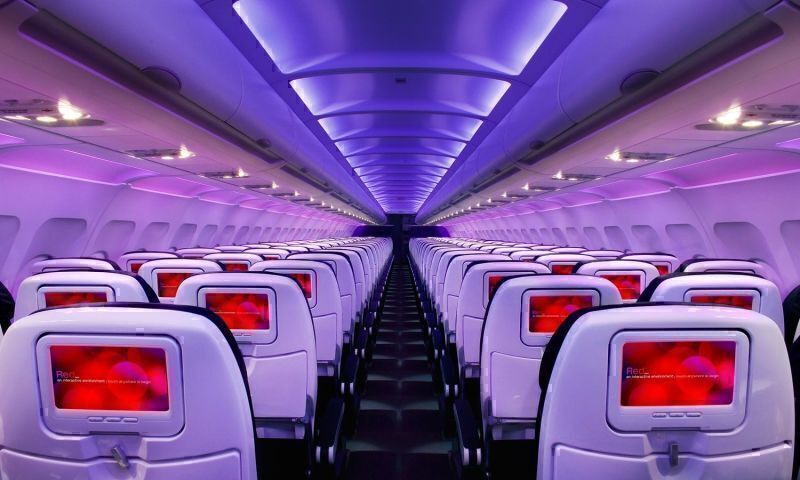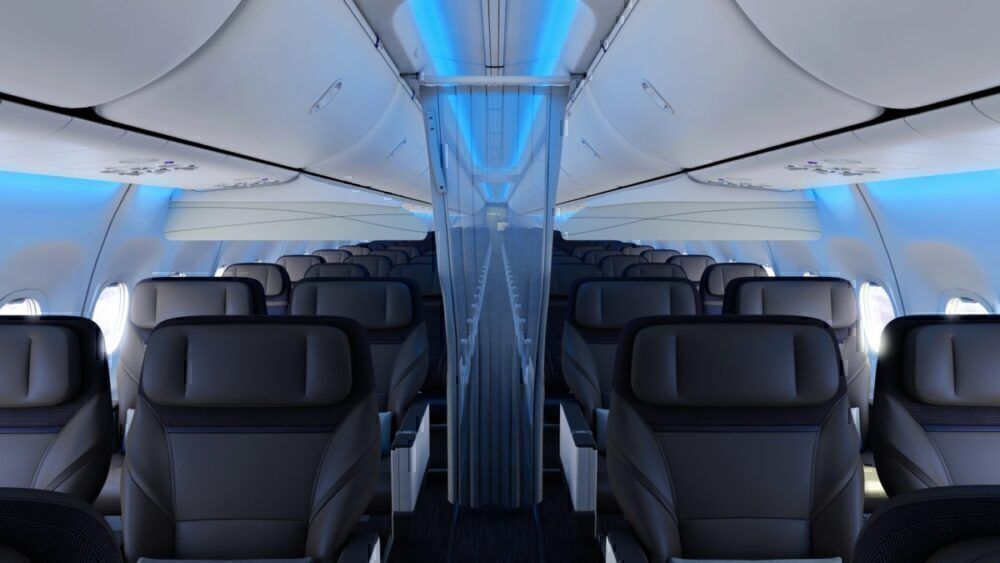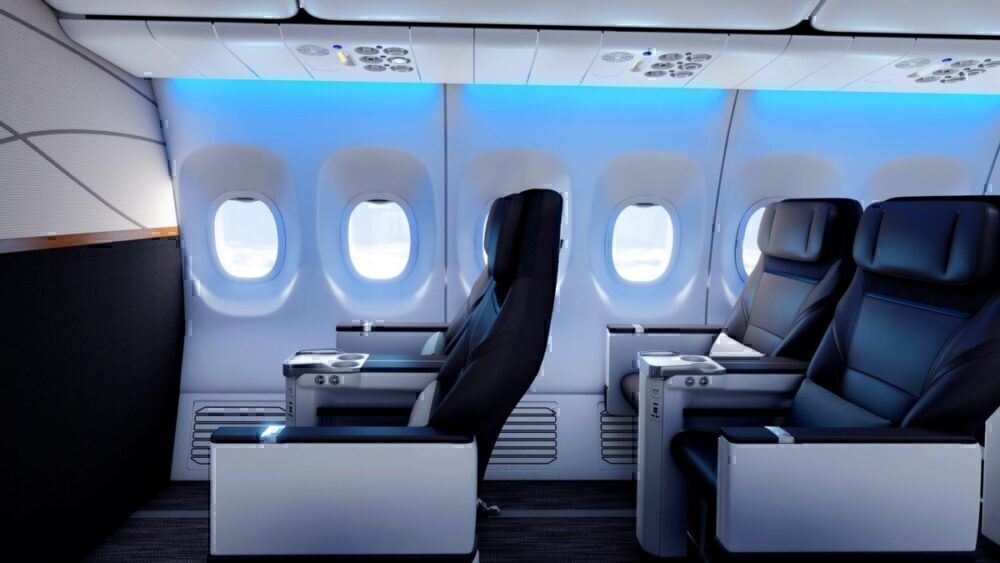When Alaska Airlines bought out Virgin America in 2016, loyal passengers were worried it would ruin the brand. What they didn't expect, however, was for the brand to disappear entirely. We take a look at why Alaska was so keen to get shot of everything Virgin America, and whether anything of the airline remains.
Couldn't get rid of Virgin America fast enough
Virgin American was arguably one of the best airlines the US had ever seen. It had strong brand recognition, a level of luxury rarely seen on domestic services, not to mention cult level loyalty from its passengers. Its $2.6 billion merger with Alaska Airlines, which completed in December 2016, was seen as merely a next step for the airline. Nobody thought it would herald the death knell for Virgin's unique brand of airlines on the North American continent.
However, just three short months later, it became clear that Alaska Airlines was not willing to maintain Virgin America as a separate entity. Despite all the hard work the Virgin team had done over the years, the Pacific Northwest airline couldn't get rid of the brand quickly enough.
So why was Alaska so keen to rid itself of all remnants of the Virgin America legacy?
Stay informed: Sign up for our daily aviation news digest.
Cost and consistency
The decision came down to two key issues. The first was the cost of maintaining the Virgin branding, which required a licensing fee to be bestowed upon the Virgin Group with some regularity. While it's difficult to pinpoint exactly what the annual reimbursement to Virgin would have been for Alaska, when the airline was flying as Virgin America, it shelled out 0.7% of its approximately $1.5 billion annual revenue to its parent brand.
The other issue was brand consistency. As much as Virgin had built a loyal following over the years, Alaska's fliers were equally devoted. The airline wanted to expand its operations, the merger having solidified its position as the fifth largest airline on the continent. It didn't want to divide its audience.
There was also an issue of timing. At around the same time as the merger was being finalized, British-based Virgin Atlantic was laying plans to begin service into Seattle from London. Having the 'other' Virgin arriving on Alaska's home turf threatened to further confuse the issue, and probably played into the decision to scrap the brand.
Sangita Woerner, Alaska Airlines' vice president of marketing, attempted to clarify the position at the time. She said,
"We spent the last 10 months conducting extensive research and listening carefully to what fliers on the West Coast want most. While the Virgin America name is beloved to many, we concluded that to be successful on the West Coast we had to do so under one name - for consistency and efficiency, and to allow us to continue to deliver low fares."
Did anything of Virgin America stay?
While the phase-out of the Virgin brand took some time (the last Virgin liveried plane got its repaint just last year), some essence of the brand seemed to stay. Quite a lot, in fact.
For a start, the iconic red and purple mood lighting on Virgin's Airbus fleet inspired Alaska to install something similar on its Boeings, albeit in blue. Uniforms were updated, cabin designs improved, and menus received a revamp.
Virgin America was an early adopter of WiFi onboard, and in 2018, Alaska began retrofitting its Boeings with satellite WiFi too. The airline also boosted the number of premium seats on its aircraft, focused on free inflight entertainment across its fleet, and even improved its at-the-gate playlist to be more modern and fun.
While the departure of Virgin America was rapid and sad, Alaska rose to not only meet the inimitable service and vibe of its acquisition but perhaps even exceed it. Now, with Alaska set to phase out the remaining Airbus jets, every last scrap of Virgin American will be gone. But, in many ways, its spirit is still alive and well.

